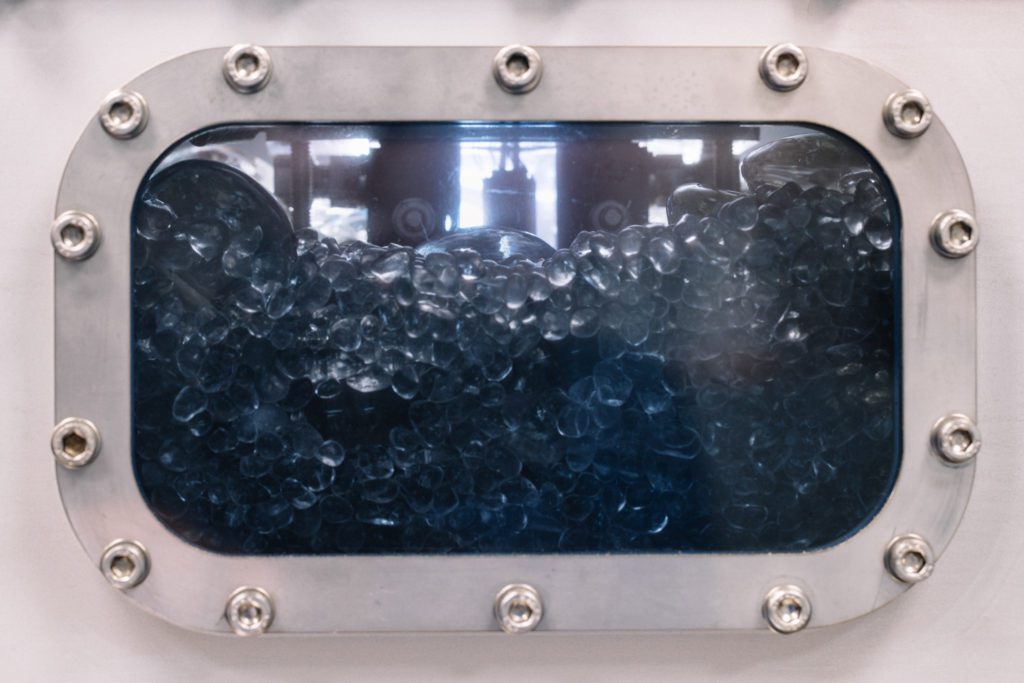
Very demanding CO2 emissions and environmental issues push car manufacturers to quickly develop electrified vehicles.
However, the electric vehicle market is currently faced with certain technical constraints on its batteries, which sometimes act as a brake for consumers.
Among the major obstacles, here are 3 main pain points according to a study by Castrol based on an opinion research on 9 000 consumers, 750 fleet managers, and 30 automotive industry professionals in 8 countries – the United States, the United Kingdom, Norway, France, Germany, India, China, and Japan:
1. The current price
2. The time it takes to charge an EV (major importance for 68% of the consumers)
2. The range
But that was before, because battery immersion cooling technology has the cards in hand to remove some of these constraints. We’ll see why.
First, let’s have a closer look on the consumers’ expectations and the challenge for OEMs to meet it despite many constraints.
The consumers want a better price, a faster charging time and a longer range

1. Better price
The price of an EV is the biggest pain point for consumer. The ‘tipping point’ for global adoption is estimated at $36 000 by Castrol’ study.
Nowadays, the price of an EV battery is mainly impacted by its size, which is one of the big strengths of immersion cooled batteries that can lead to smaller batteries because they are far more efficient.
2. Charging faster

Escalent conducted a study over 2,500 individuals in the US and figured out that for 50% of them, charging speed is far away the most important aspect people are looking for public charging. This is almost twice as important as having a location along their route (26%).
This shows that the time it takes to recharge an EV battery andrange anxiety are major pain points for consumers. As illustrated on top, charging time is definitely the second most important criteria for the EV drivers.
Nowadays, the time charge ‘tipping point’ is about 31 minutes for the consumers, which means they would globally be ready to buy an EV if the total charging time doesn’t exceed 31 minutes.
Nowadays, most OEMs are unable to afford a fully charge battery in less than 30 minutes.
3. Longer range
For the consumers, the range is the third most important criteria. To achieve the global adoption of the market, electric vehicles would need to reach a 469 km range.
As well as being 3 major concerns for the consumers, price, charging time and range are some of the biggest challenges for OEMs and manufacturers in the years to come.
Among these 3 concerns, the charging time crystallizes all these aspects.
Indeed, reducing the charging time means reducing the range anxiety as it would take less than 10 minutes to recharge a battery, people are no more afraid to stop for recharging. It is also possible to have smaller batteries, therefore the weight and the cost of a battery are reduced which results in a positive environmental impact.
Faster charging time and battery safety : 2 main challenges for OEMs to meet consumers’ expectations
1. EV Batteries charging time

Nowadays, charging an EV battery up to 80% in less than 30 minutes with current battery thermal management technologies without significantly reducing the battery’s lifespan is a challenge for manufacturers.
To meet the consumers’ expectations and reach 10 minutes charging time instead of 30+ minutes, two parameters need to be closely monitored:
- The temperature difference between the hottest and coldest cell of a battery pack must ideally remain below 3°C
- The average temperature of the cells must generally remain below 45°C.
However, current thermal battery technologies called “cold plates” in which glycol water circulates are unable to guarantee consistent thermal performance during very rapid recharging throughout the vehicle’s life.
2. EV batteries safety
Battery safety is also a key concern for OEMs because any battery fire is dangerous for the passengers.
Therefore the battery safety centralizes most challenges of OEMs to meet consumers’ expectations.
Nowadays manufacturers are under pressure to develop quickly, which makes it sometimes difficult to reconcile performance and safety. On top of that, standards and rules are more and more strict regarding battery fires and they will be very restrictive.
However, not taking battery safety seriously enough can induce huge extra expenses for OEMs. The recent Hyundai’s BEV recall of 82 000 vehicles is expected to cost the group a $900 million extra bill!
Ouch.
In the end the balance between range (and reducing the range anxiety of the final consumer), charging time and price of EVs is precious and depends on one thing: the battery.
OEMs need to find innovative advanced technologies to fix these limits. Battery immersion cooling technology is positionned as a very serious one to fix all this.
What is battery immersion cooling?
Immersion cooling of battery cells consists of introducing a dielectric fluid inside a battery, in direct contact with the cells and all the heating elements such as busbars or electrodes.
Derived from data center cooling technologies,immersion provides a thermal performance up to 20 times higher than cold plate technologies.
Why this technology will revolutionize the industry
Performance, safety and increased lifetime are the promises of immersion. The locks remain in the profitability and the aging of all the components which require many developments on which EXOES accompanies its customers.
Thanks to our numerous tests and to the data we generate, we can today affirm that battery cooling by immersion allows 3 things:
- Full charge in less than 10 minutes
- An increased safety – no thermal runaway
- A longer battery lifetime
Discover EXOES and get a head start on your thermal management system
Want to have a full visit of the lab ? What the full video of EXOES’s Lab
EXOES is an expert in immersion cooling and develops advanced thermal system solutions. Thanks to its joint venture e-Mersiv created in partnership with Startec Developpement and specialized in production of immersion cooled batteries, Exoes is an industrial company talking to industrials.
Therefore, EXOES accompanies its customers from the concept phase to the component validation and then the production of immersion cooled batteries as well as the complete system (cooling loop and e-powertrain) integration.
EXOES is also the guarantee of a unique access to market. We’ve already realized more than 10 battery immersion cooling projects for OEMs and fluid manufacturers.
If you want to know more about this technology, discover our latest webinar that gathered more than 450 thermal management enthusiasts from 32 different countries: Battery Immersion Cooling: The Next Big Thing in EV’s Technology 👇
